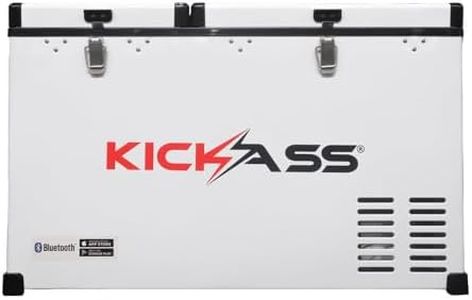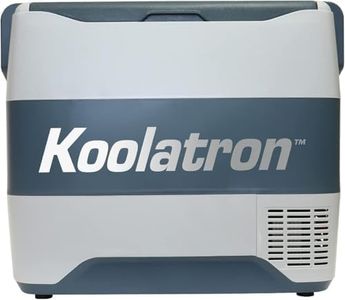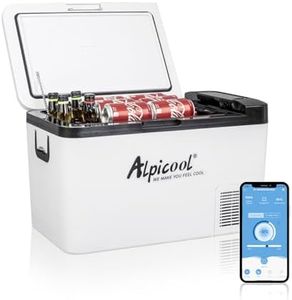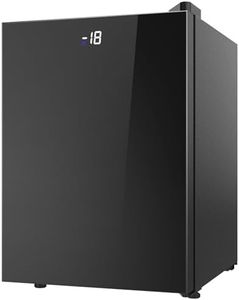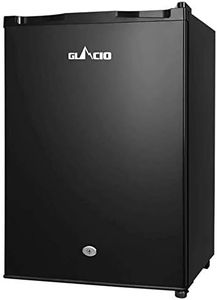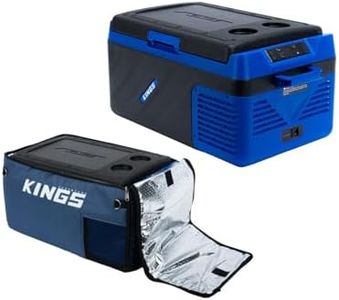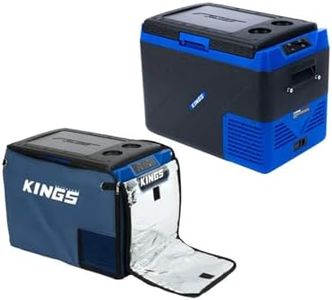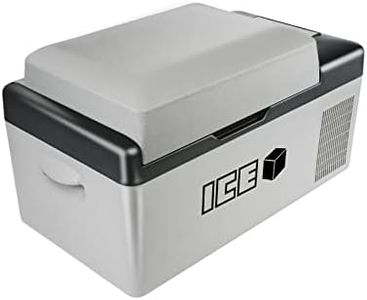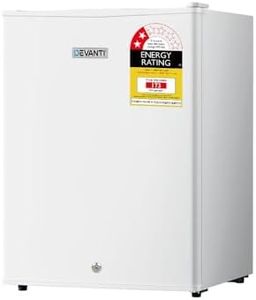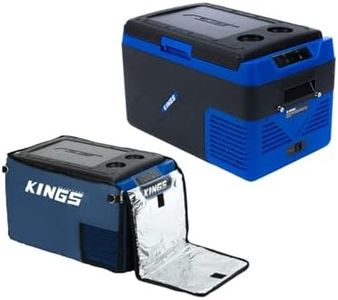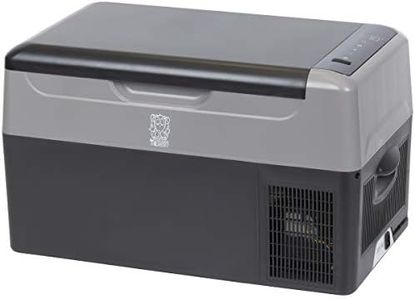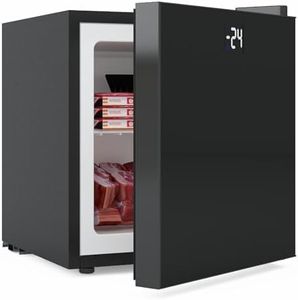We Use CookiesWe use cookies to enhance the security, performance,
functionality and for analytical and promotional activities. By continuing to browse this site you
are agreeing to our privacy policy
10 Best Portable Freezers
From leading brands and best sellers available on the web.By clicking on a link to a third party's website, log data is shared with that third party.
Buying Guide for the Best Portable Freezers
Choosing the right portable freezer is all about understanding how and where you will use it. Whether you’re camping, traveling, on a road trip, or just need extra freezer space, getting the right features will ensure your food stays cold, your energy is used efficiently, and your experience is hassle-free. To make the best choice, learn which specifications matter most and compare them based on your lifestyle, usage patterns, and storage needs.Capacity (Liters/Quarts)Capacity refers to how much the portable freezer can hold, measured in liters or quarts. This is crucial because it limits how much food and drink you can store at a time. Small capacities (10–25 liters) are best for solo trips or short outings, while medium sizes (25–45 liters) suit small families or a weekend away. Large capacities (45+ liters) work well if you have a group, need to store bulk items, or want longer autonomy. To decide, consider how much you typically need to keep frozen and how often you can restock, balancing space and portability.
Power OptionsPortable freezers can run on various power sources, including 12V DC (car socket), 110/220V AC (wall outlet), and sometimes solar or battery packs. This matters because matching your power source with the freezer's options is key for flexibility. Some models only work with vehicles, while others have adapters for home use. For those frequently on the road, 12V compatibility is essential; if you need home use, ensure it has AC support. Consider a model with multiple options if you want the most versatility.
Temperature RangeThis spec indicates how cold the freezer can get, and typically ranges from simple chilling (just above freezing) to deep freezing (well below 0°C/32°F). A wider temperature range allows both refrigeration and freezing, meaning you can keep ice cream or just chill drinks, depending on your needs. If you need your portable freezer for both cooling and freezing, look for a model covering a broad range; if only for drinks, a smaller range may suffice. Check if the freezer has adjustable settings so you can tailor it to different uses.
Energy ConsumptionEnergy consumption, often listed in watts or amps per hour, shows how much power the freezer uses. Lower consumption means longer use on a battery or less drain on your car, which is critical for camping or off-grid situations. Models with energy-saving or eco-modes are beneficial if you plan extended operation without constant access to power. For occasional, short use, higher consumption may be less of an issue, but efficiency becomes key for longer trips or off-grid adventures.
Portability FeaturesPortability is determined by the design features that make carrying and moving the freezer easier. This includes handles, wheels, weight, and compact shape. Lightweight, handle-equipped designs are easier for solo users or frequent movers, while larger models may have wheels for easier transport. If you’ll be moving the freezer often, prioritize lighter, ergonomic models; for mostly stationary use, size and handles matter less.
Compressor vs. ThermoelectricPortable freezers use either compressor or thermoelectric cooling. Compressors work like home freezers, providing stronger, more reliable cooling in hot conditions and are suited for true freezing. Thermoelectric models are quieter and lighter, but typically only cool to a limited degree below ambient temperature. If you need to freeze items or use the freezer in hot environments, compressors are best. For just cooling, less weight, and lower noise, thermoelectric works well.
Durability & Build QualityThe quality of materials and construction affects how well the freezer stands up to travel, outdoor use, and general wear. Durable cases, impact resistance, and solid hinges are important for frequent outdoor use or harsh conditions. If you expect rough handling or exposure to the elements, look for rugged build details; for home, office, or occasional gentle trips, standard construction suffices.

